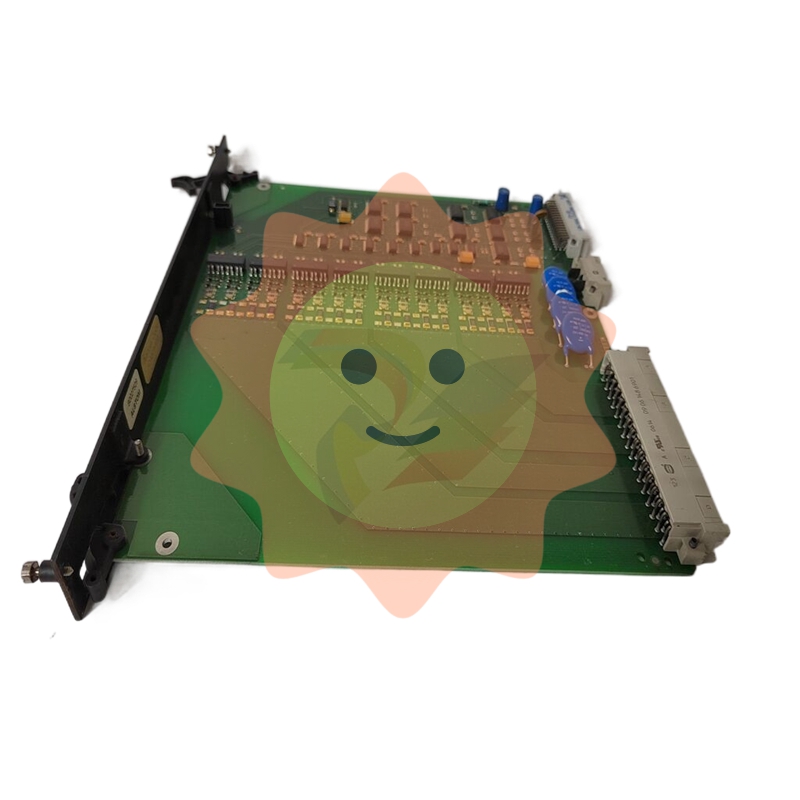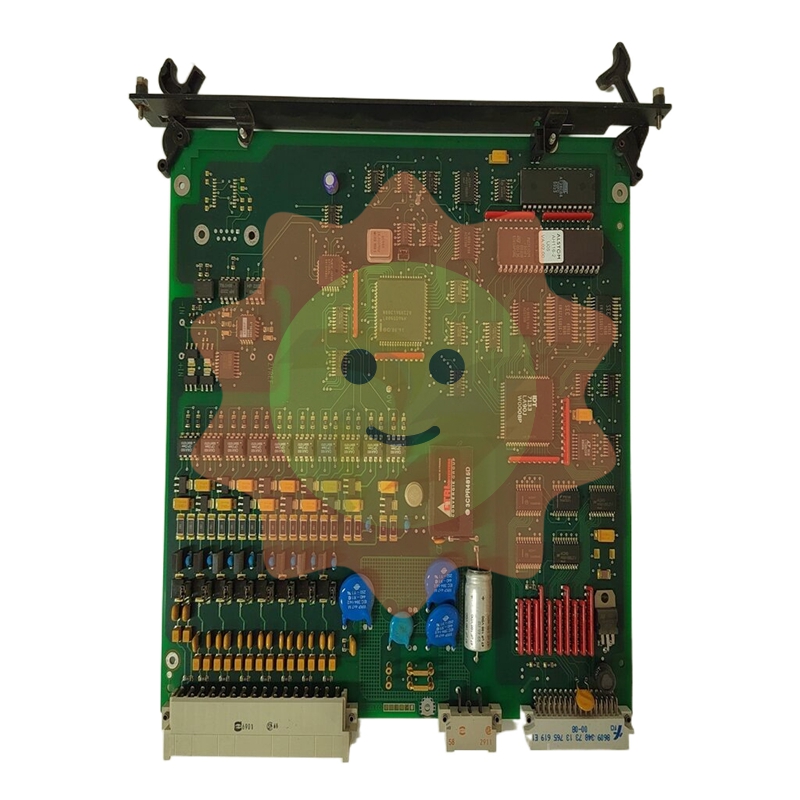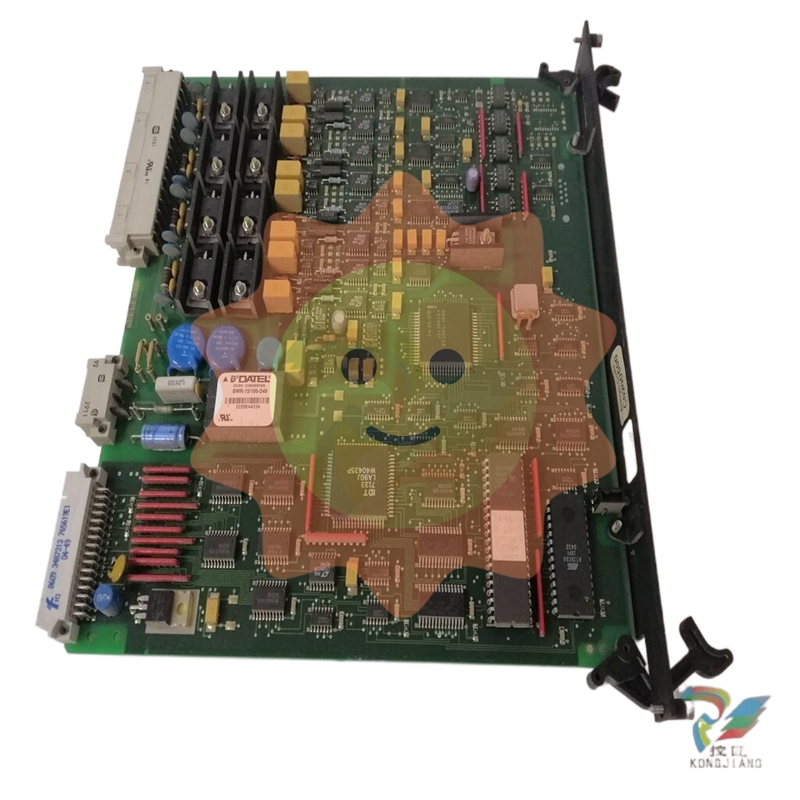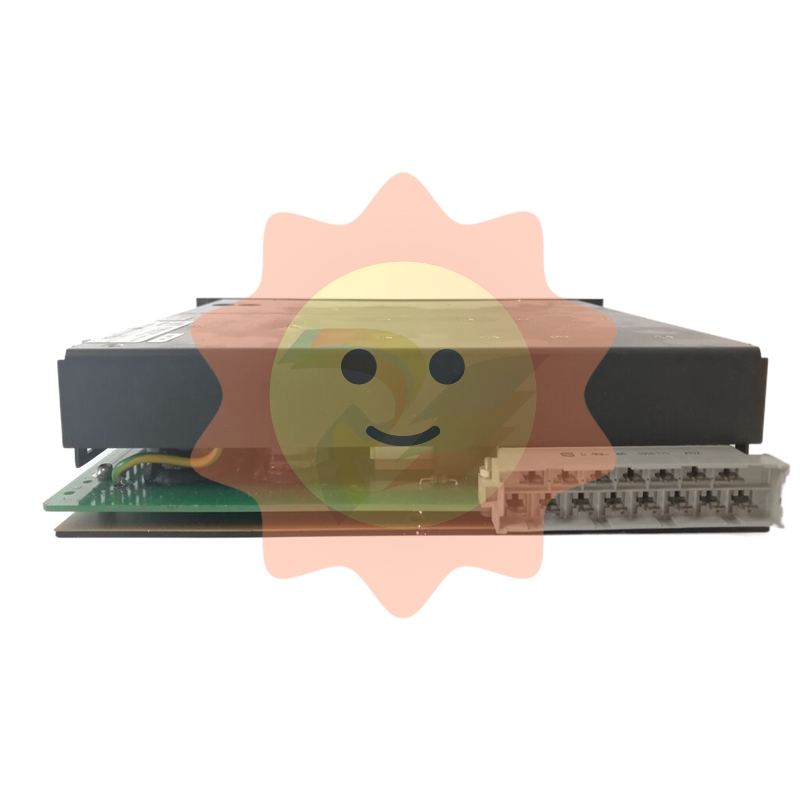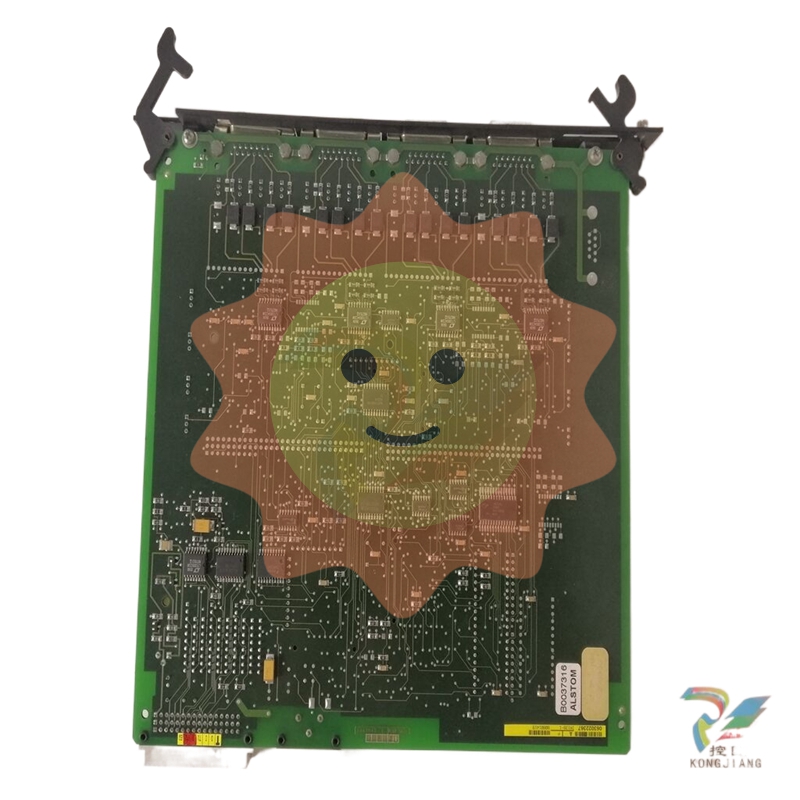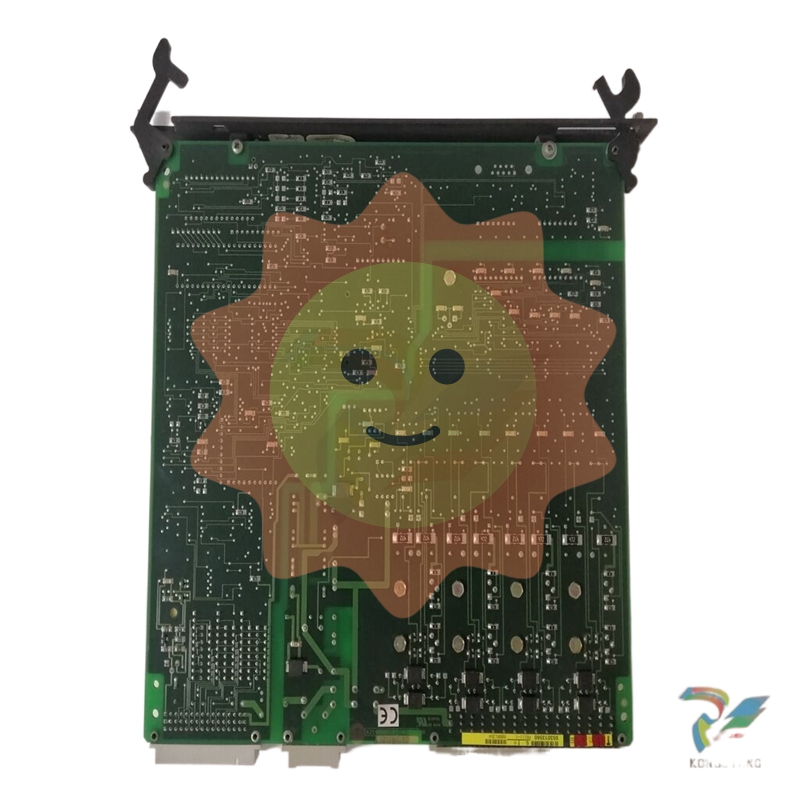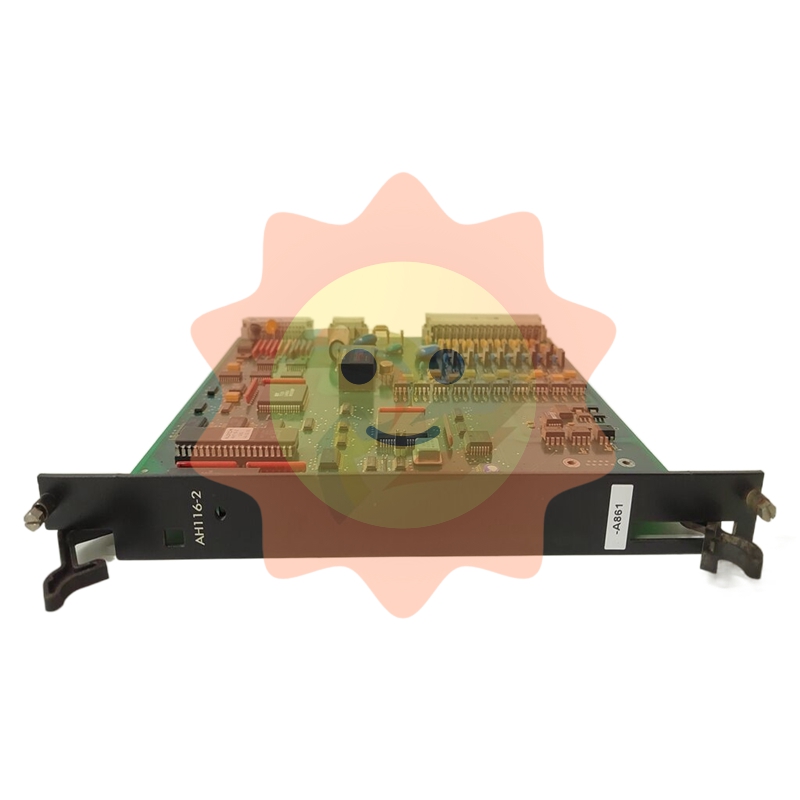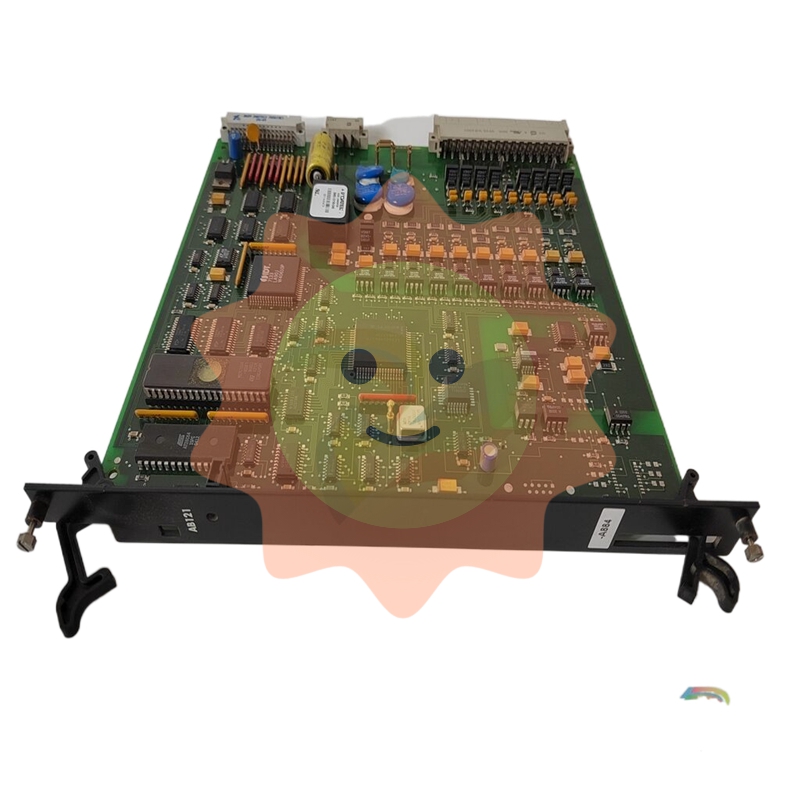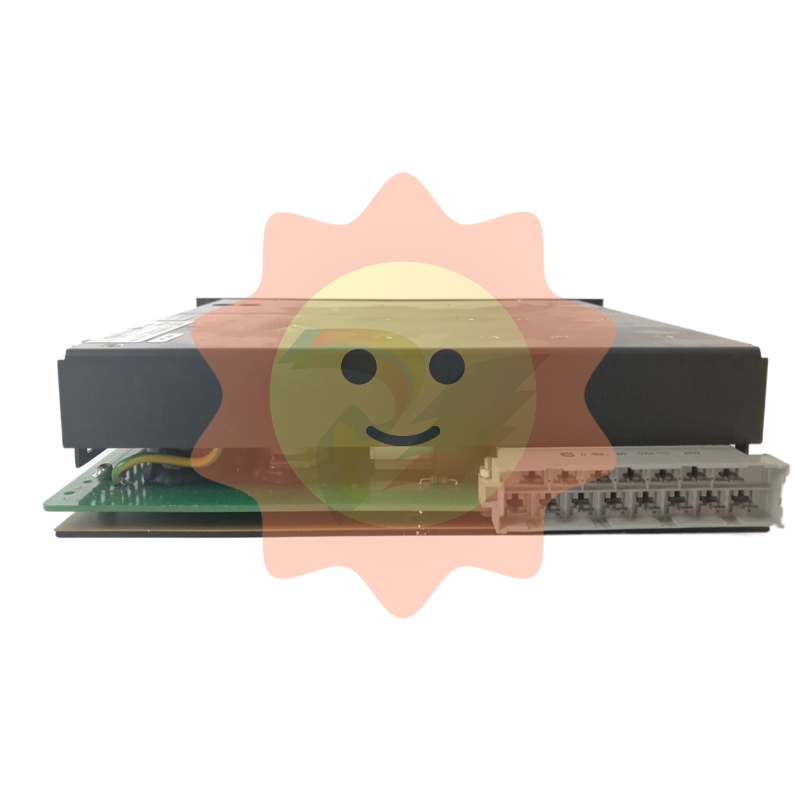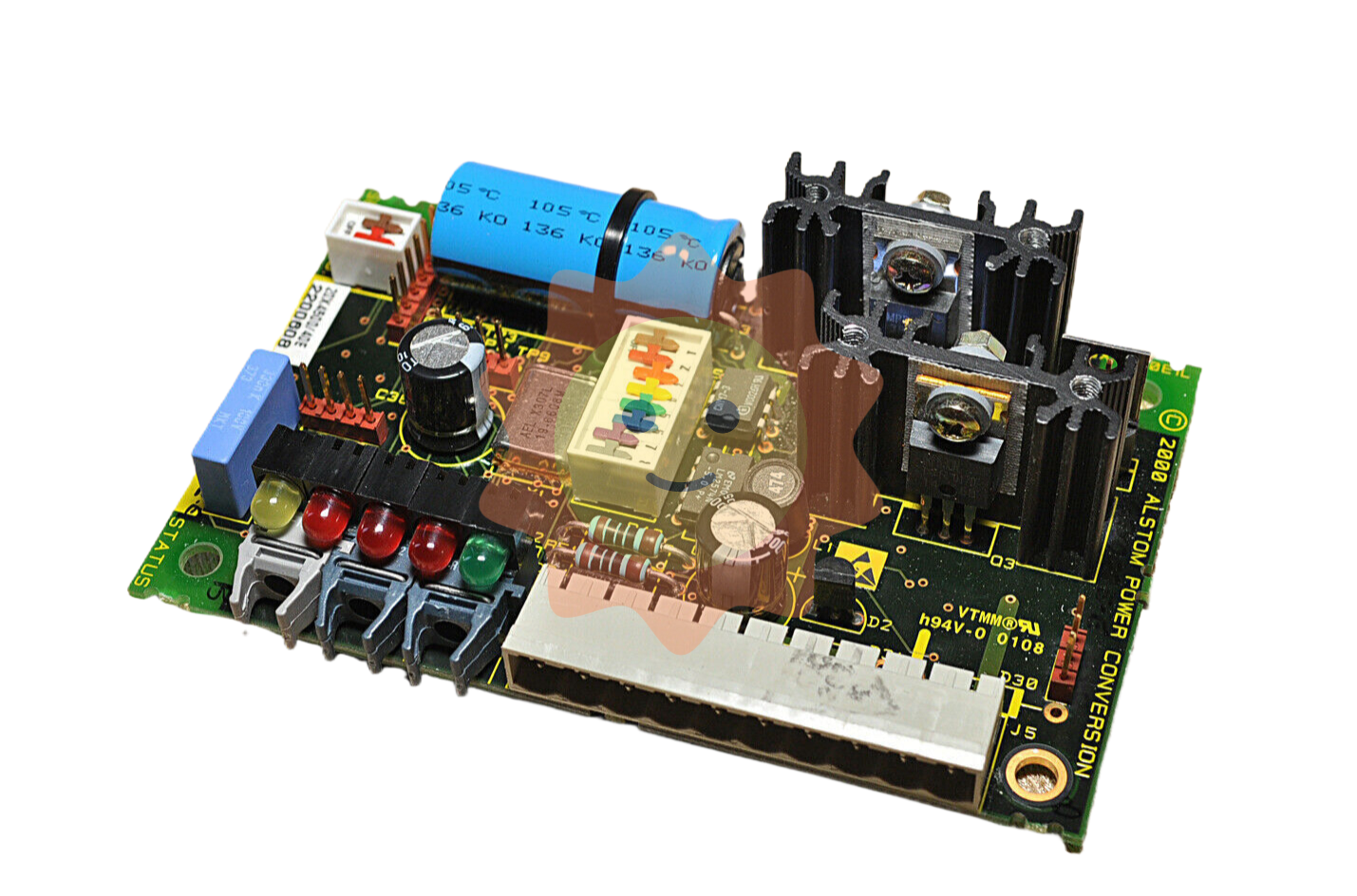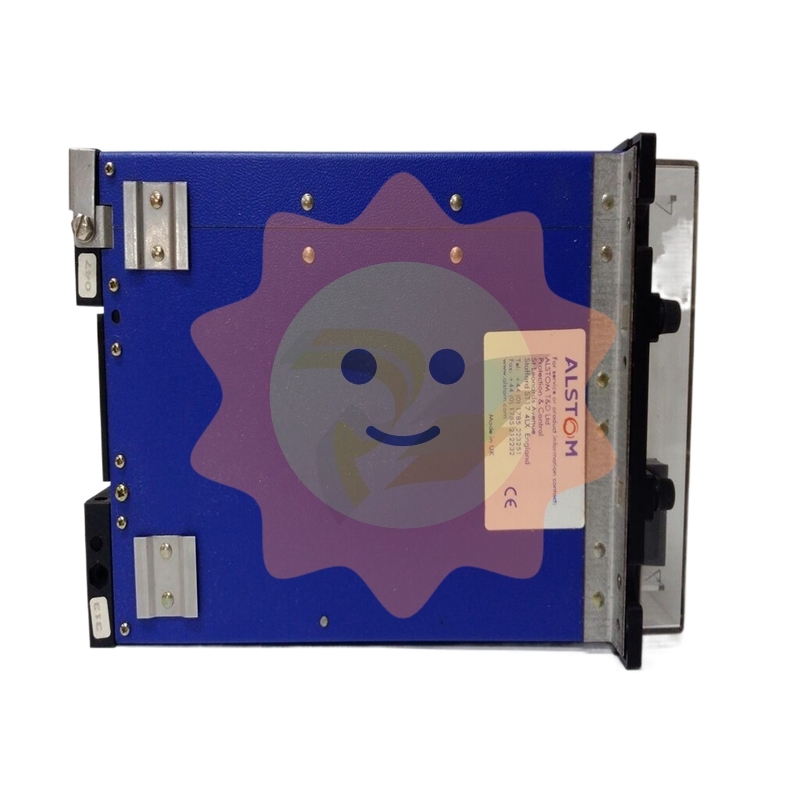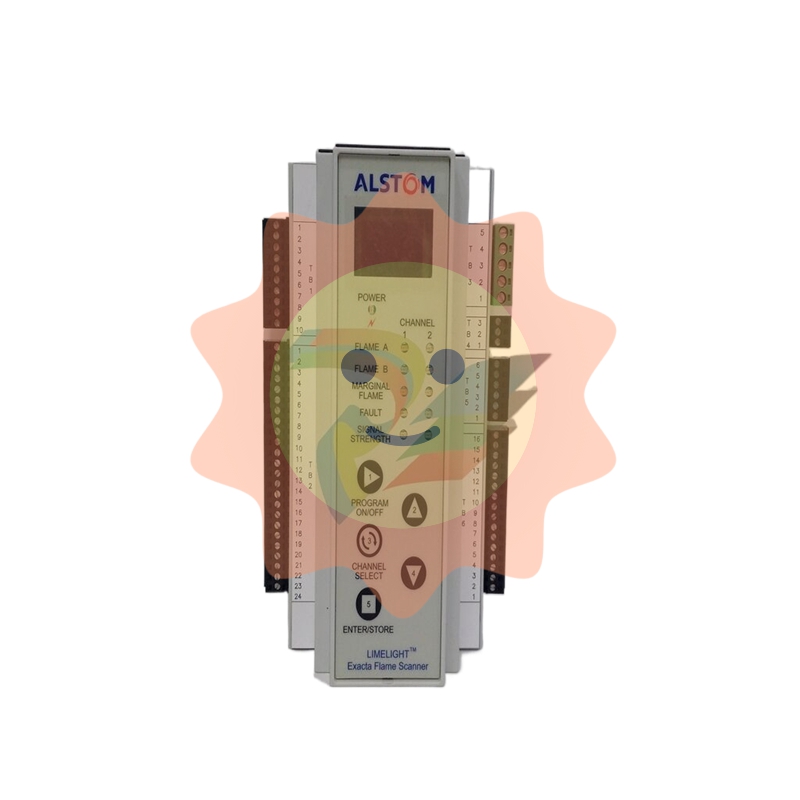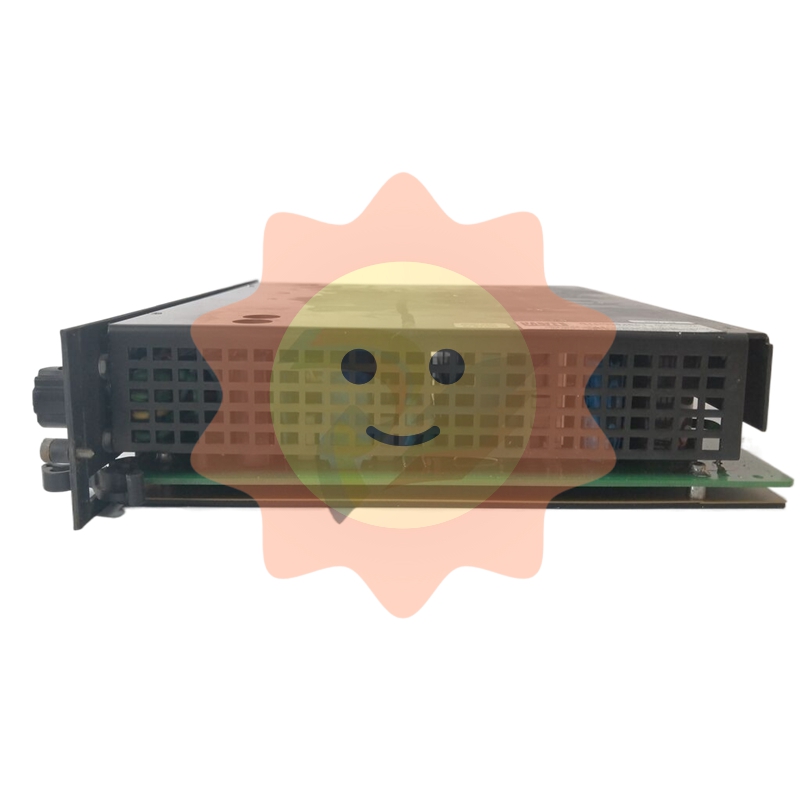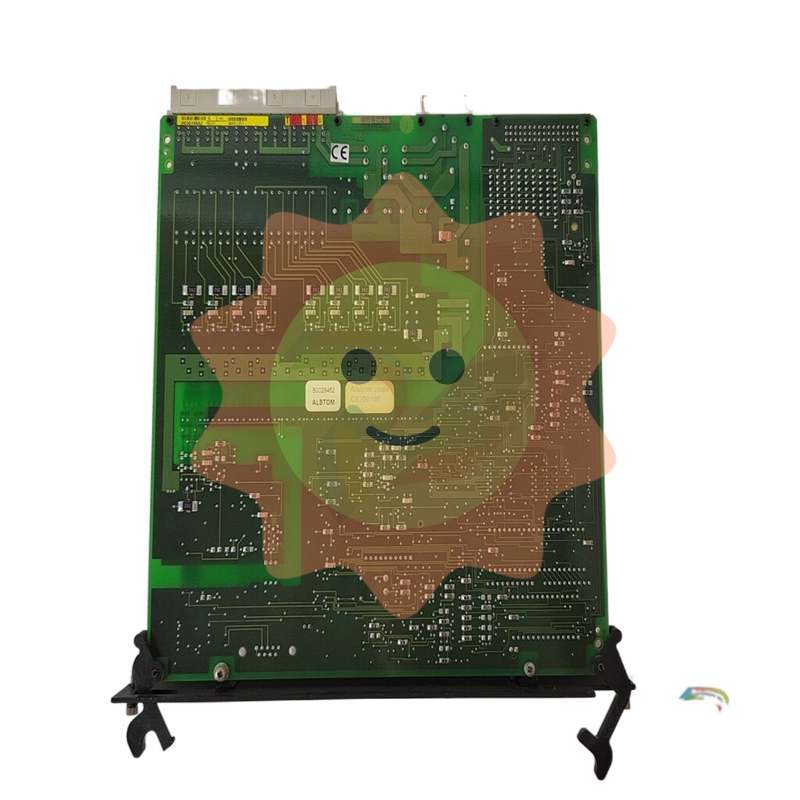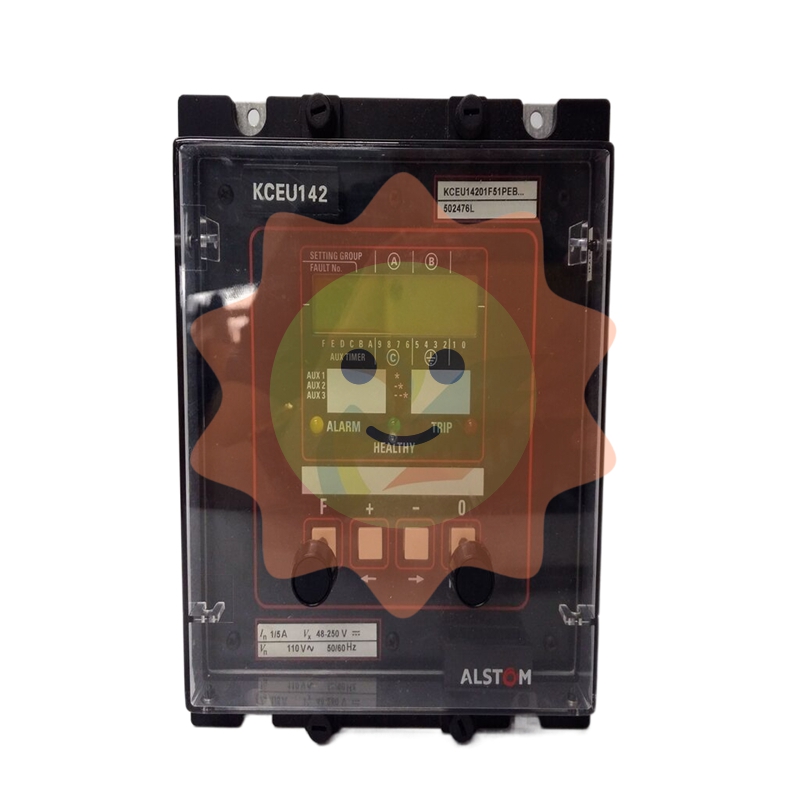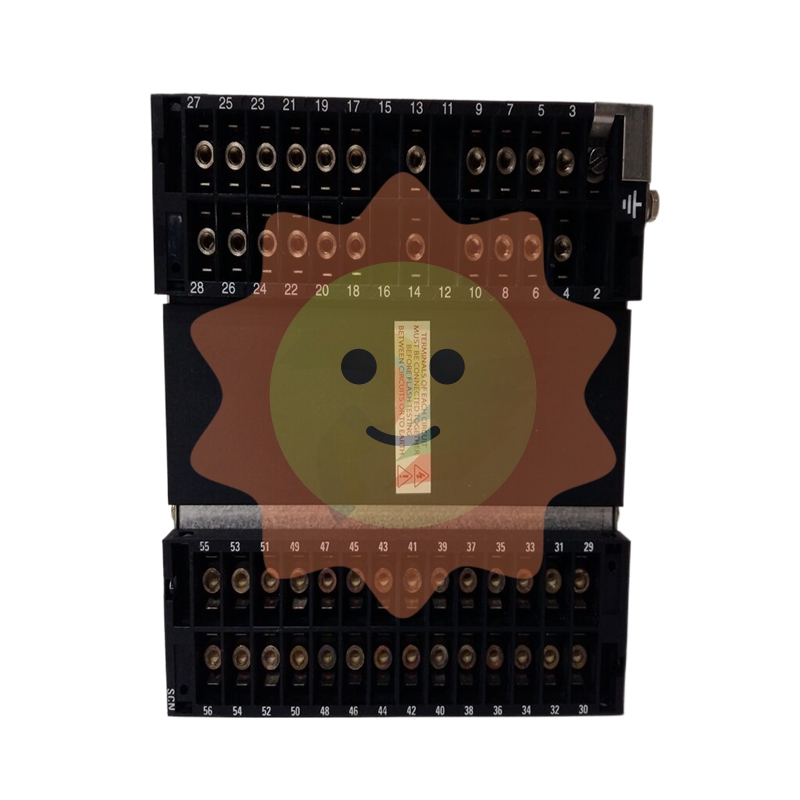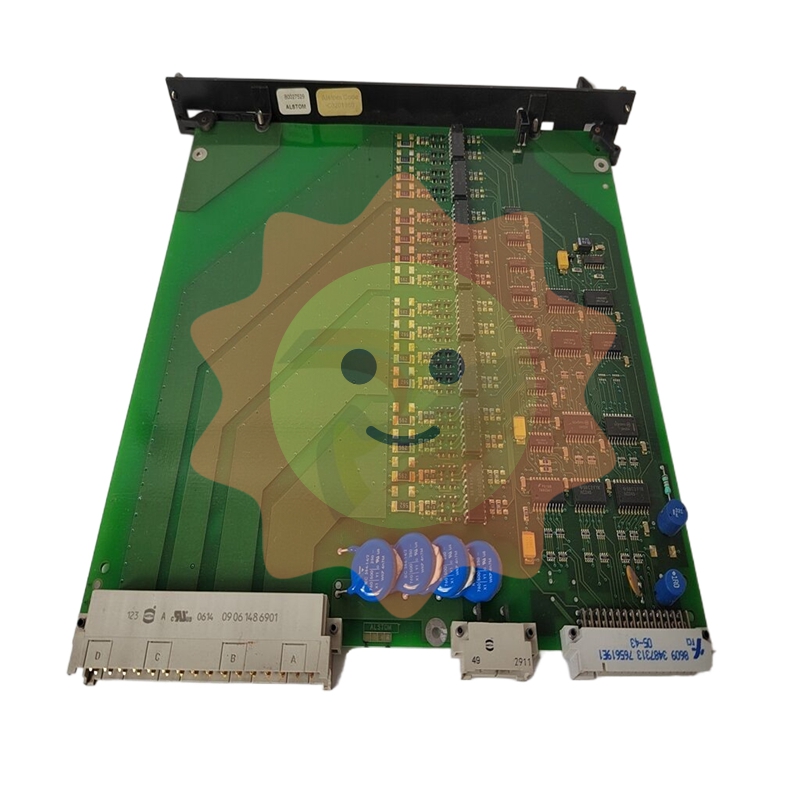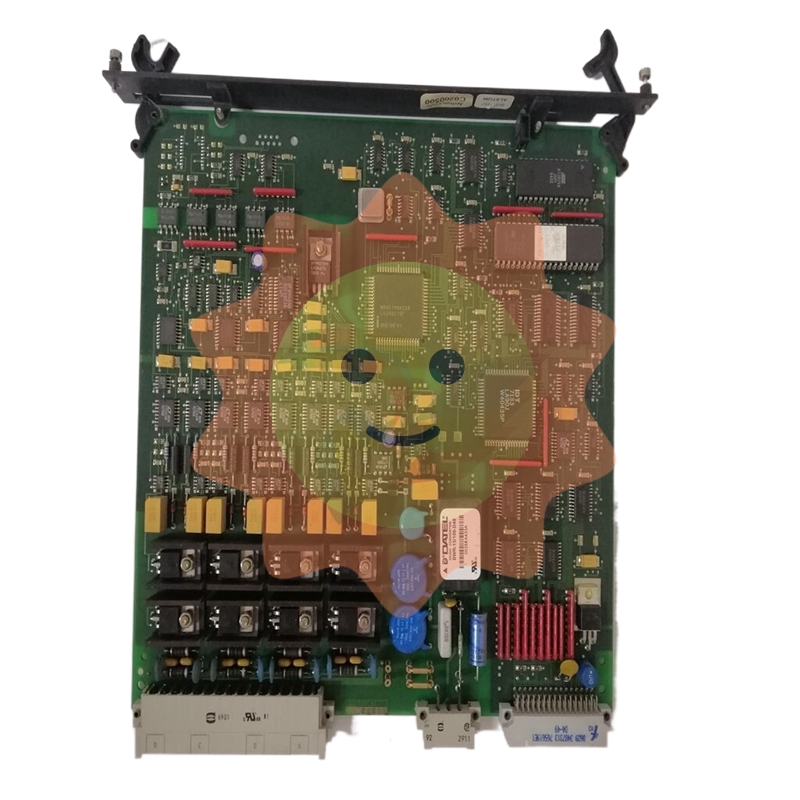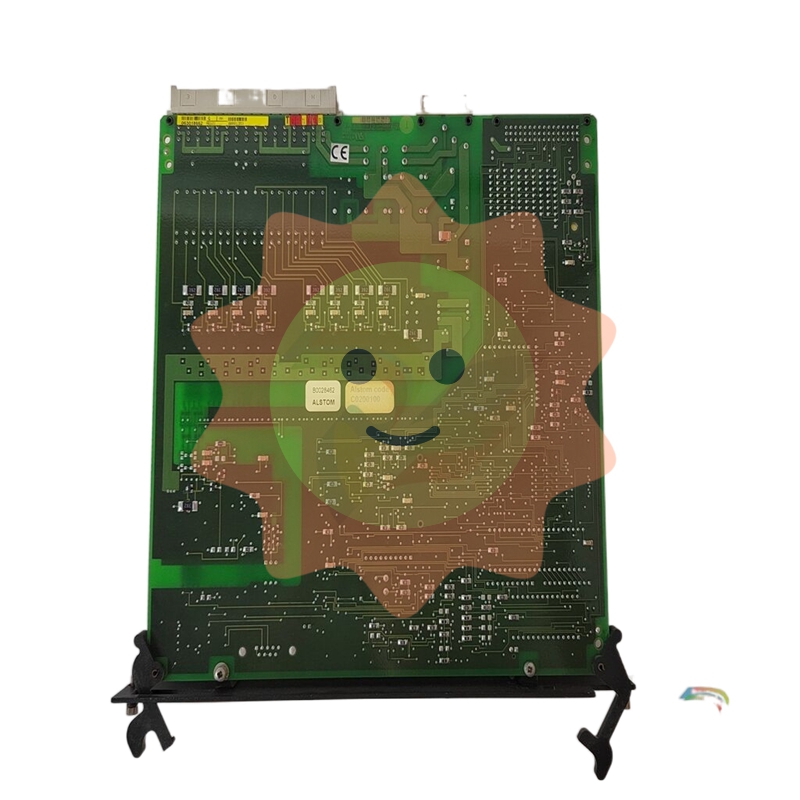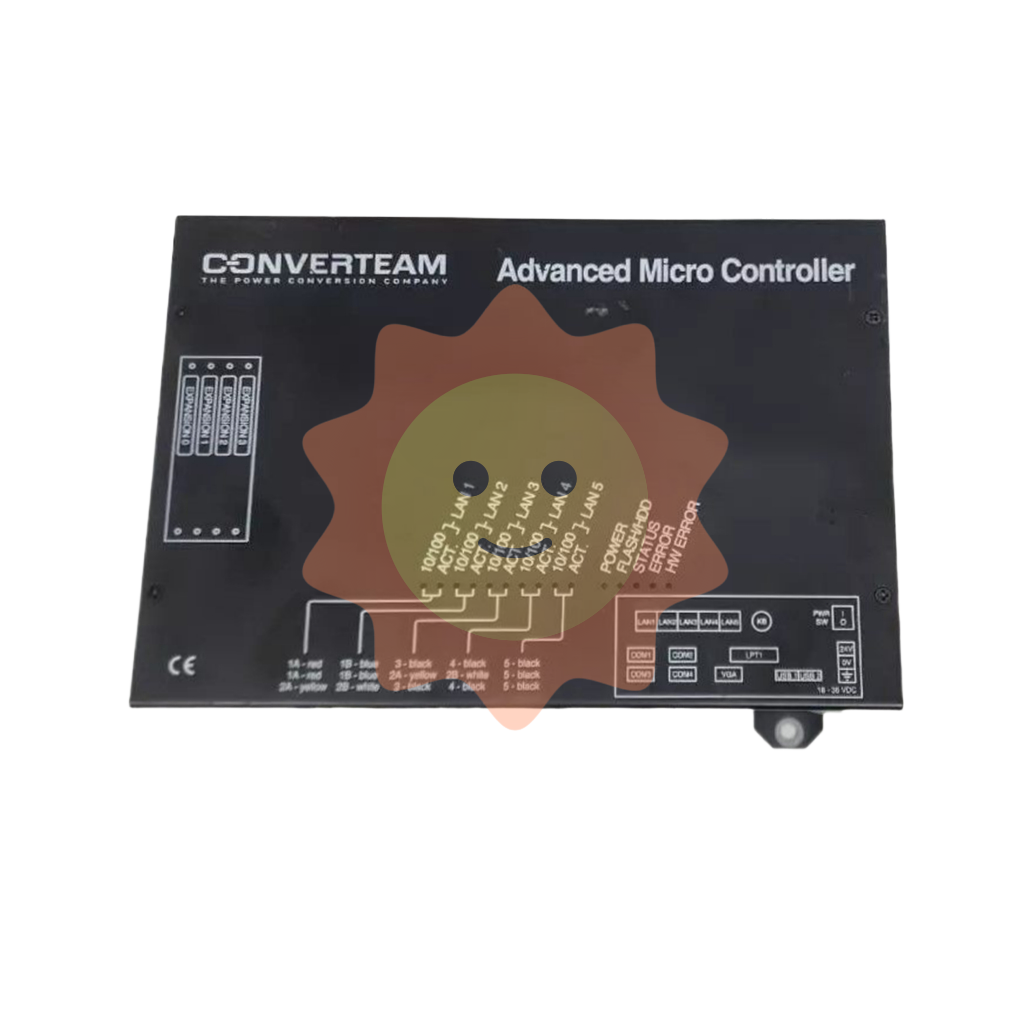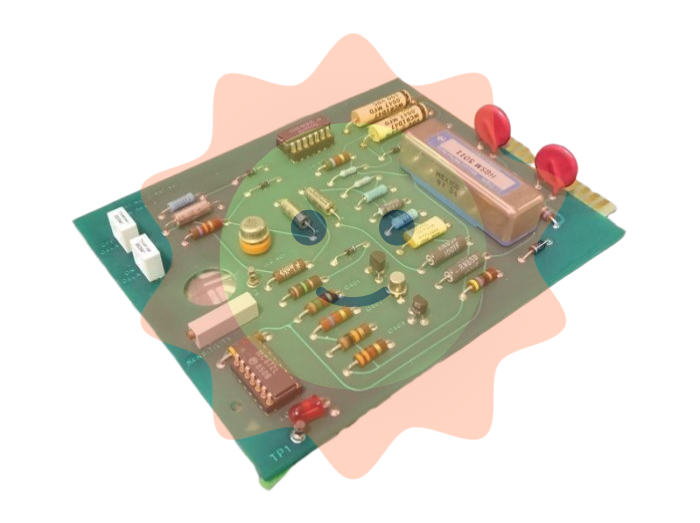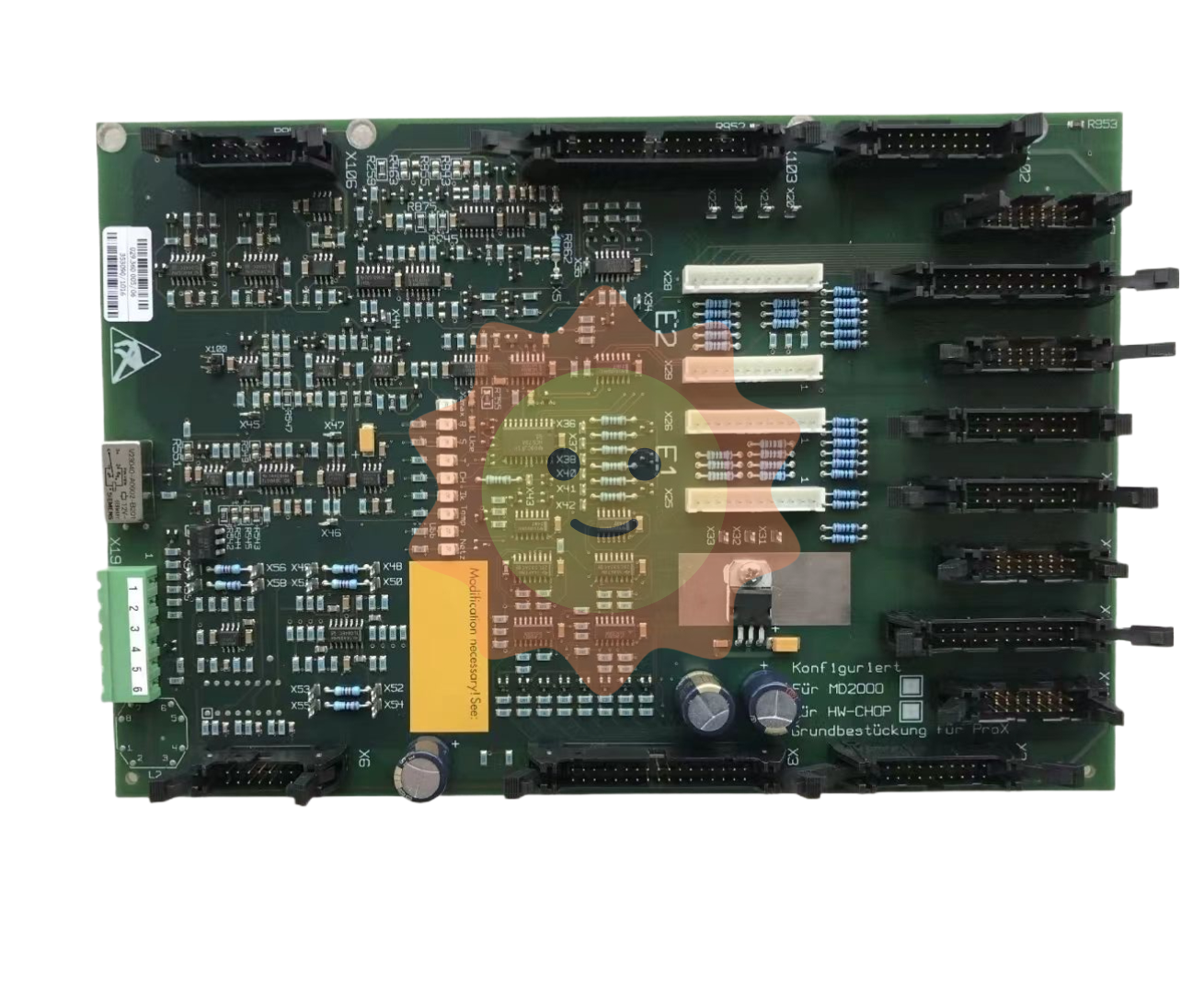Present situation and development countermeasure of low carbon technology of metallurgical lime
Carbon emissions from lime production
Sources of carbon emissions from lime production
Calcination of ore raw material produces carbon emission. The lime production process is mainly the calcination process of limestone in lime kiln, and the main composition of limestone is calcium carbonate (CaCO3). Under calcination conditions ranging from 900 degrees Celsius to 1100 degrees Celsius, calcium carbonate decomposes to calcium oxide (CaO) and carbon dioxide (CO2).
Fuel combustion and electricity consumption produce carbon emissions. Lime production fuels are usually coal, coke and other solid fuels, heavy oil and other liquid fuels, as well as coke oven gas, converter gas, blast furnace gas, calcium carbide furnace gas, natural gas and other gas fuels, fuel combustion reaction generated carbon dioxide into the atmosphere with the flue gas. In addition, lime production also indirectly contributes to carbon emissions by consuming electricity.
Carbon emissions from metallurgical lime production
According to the "China Iron and Steel Production Enterprises Greenhouse Gas Emissions Accounting Methods and Reporting Guidelines (Trial)" (hereinafter referred to as the "Guidelines"), metallurgical lime production process carbon emissions by industrial production process carbon emissions, fuel combustion carbon emissions, electricity consumption carbon emissions from three aspects.
According to the "Guidelines", the calculation of carbon emissions from industrial production processes, fuel combustion, and electricity in metallurgical lime production is as follows:
Carbon emission in industrial production process = raw material consumption × emission factor
Carbon emission from fuel combustion = average low calorific value of fuel × fuel consumption × carbon content per unit calorific value of fuel × carbon oxidation rate ×44/12

Carbon emissions generated by electricity = power consumption × power emission factor
According to metallurgical lime production experience data: Ore ratio of 1.8 tons/ton, anthracite consumption of 160 kg/ton (under single fuel condition), converter gas consumption of 550 cubic meters/ton (under single fuel condition), power consumption of 50 KWH/ton, and power emission factors are temporarily calculated based on the average emission factors of the base lines of China's regional power grids in 2017 emission reduction projects. The carbon emissions per ton of product in the industrial production process are 0.792 tons, the carbon emissions per ton of product in the fuel combustion process are 0.308 tons (using anthracite as fuel) ~0.832 tons (using converter gas as fuel), and the carbon emissions per ton of product generated by electricity are 0.046 tons.
According to the above analysis, when anthracite is used as fuel, the production of each ton of lime products produces about 1.1 tons of carbon dioxide; When using converter gas as fuel, the production of each ton of lime product produces about 1.7 tons of carbon dioxide. According to statistics, the output of metallurgical lime in 2018 was about 110 million tons, that is, the production of carbon dioxide was about 121 million tons to 187 million tons, and the equivalent ton of steel produced carbon dioxide was about 0.13 tons to 0.20 tons.
At present, China's long process steel enterprises have carbon emissions of about 2.0 tons per ton of steel, short process steel enterprises have carbon emissions of about 0.6 tons per ton of steel, and short process crude steel production accounts for about 11% of total crude steel production. According to this calculation, the amount of carbon dioxide emitted by metallurgical lime production reaches about 7% to 11% of the total carbon emissions of the steel industry.
The above calculation is based on the rough estimate of anthracite coal and converter gas as two representative fuels in the process of metallurgical lime production, for reference only.
Review of low carbon technology of metallurgical lime
Through the unremitting efforts of industry research workers and practitioners, the low-carbon technology of metallurgical lime has made great progress in recent years. By strengthening combustion, improving furnace insulation performance and life, recycling waste heat resources, separation and purification of carbon dioxide in waste gas, they gradually promote the metallurgical lime industry to achieve energy-saving and low-carbon development. Low carbon technologies in metallurgical lime industry are summarized as follows:
Oxygen-enriched combustion technology
Oxygen-enriched combustion technology is a high-efficiency and energy-saving combustion technology that burns oxygen-containing gas with higher oxygen content than air. By increasing the oxygen content in the combustion air, the air requirement is reduced, the flue gas production is reduced, and the heat loss taken away by the flue gas is reduced. In addition, the oxygen-rich combustion technology can also increase the theoretical heating temperature and theoretical combustion temperature, so that the fuel is completely burned, reduce flue gas pollution, can improve the theoretical combustion speed, so that the combustion reaction is faster and more complete. The research shows that the application of oxygen-enriched combustion technology to lime kiln has great technical advantages, and has achieved remarkable effect of energy saving and consumption reduction.
Heat insulation technology of kiln
The heat dissipation loss of lime kiln body is an important aspect affecting its energy consumption. For refractory materials of rotary kiln, in order to improve its service life, heat preservation performance and reduce heat transfer coefficient, technicians have developed new refractory materials and kiln lining structures such as special phosphate brick, prefabricated brick and castable mixed brick.
The use of special phosphate brick instead of traditional magnesia-aluminum spinel brick can improve the service life of resistant materials, reduce the maintenance times and time of rotary kiln, avoid the energy consumption caused by frequent kiln opening and stopping, and significantly reduce the kiln skin temperature and save fuel consumption, which has played a good energy-saving and emission reduction effect, and has been promoted in a number of metallurgical lime production lines with good results.
Innovative kiln lining construction method. The composite prefabricated brick is fixed to the kiln shell by anchoring parts, which can reduce the pressure of thermal insulation materials, and can lay low thermal insulation materials close to the surface of the kiln body. At the same time, the prefabricated brick is filled with lightweight high-strength castable and wear-resistant castable to ensure the integrity and fastness of the kiln body, solve the problem of "casting bricks" in the rotary kiln, and improve thermal stability, reduce maintenance rate, and significantly reduce the temperature of the kiln skin.

Waste heat utilization technology
In recent years, in order to reduce energy consumption, save energy cost and avoid energy waste, the waste heat utilization of low-quality flue gas has been paid more and more attention. The available waste heat of lime kiln includes calcination waste gas heat, rotary kiln barrel radiation heat and beam kiln heat transfer oil heat.
Utilization of waste heat from calcined waste gas. The heat taken away by the calcination gas of lime kiln can reach 30% of the total heat of lime kiln, which has good utilization value. The exhaust gas temperature of lime kiln is usually between 160 degrees Celsius and 350 degrees Celsius, and the exhaust gas temperature is affected by the equipment structure of lime kiln, the type of calcined fuel and the production and operating conditions. There are generally the following ways to utilize calcined waste gas waste heat:
First, supporting waste heat boiler and steam turbine/screw generator set for power generation. Due to the low exhaust gas temperature is easy to affect the efficiency of power generation, this technology is suitable for high temperature (≥250 degrees Celsius) waste gas recovery, so it is more than used for lime rotary kiln, it is understood that there are more than a dozen lime rotary kiln waste heat power generation transformation.
The second is to adopt organic Rankine (ORC) cycle technology for power generation. Lime kiln ORC power generation technology is proposed in recent years for 130 degrees Celsius ~300 degrees Celsius flue gas waste heat recovery technology, the main principle is that the waste gas through the heat exchanger to produce hot water, hot water heating organic working medium to boiling, boiling working medium into the turbine unit power generation. ORC power generation technology provides the conditions for the high value-added utilization of waste gas and heat from lime shaft kiln.
Third, it is used for heating and bathing through the flue gas-water heat exchanger. This method has low requirement on flue gas temperature and simple system configuration, and has been widely used in lime production enterprises.
Fourth, the use of high-efficiency heat exchangers to preheat combustion air and fuel, increase fuel temperature, to achieve the purpose of strengthening combustion, improve heat utilization, reduce exhaust gas exit kiln temperature, reduce fuel consumption. This technology has been widely used in rotary kiln and shaft kiln.
Utilization of residual heat radiated from rotary kiln barrel. The surface temperature of the lime rotary kiln cylinder is generally 250 degrees Celsius ~280 degrees Celsius, in order to collect the heat emitted by the surface of the cylinder, the arc collector can be installed above the rotary kiln cylinder, and the collected radiation heat is converted into hot water through the heat exchanger for heating and bathing. This technology is mature, reliable, simple and effective, and has been widely used in lime rotary kilns.
Residual heat utilization of heat transfer oil in beam kiln. At present, the beam kiln used in the production and application generally uses thermal oil to cool the fuel beam, the temperature of thermal oil out of the kiln is generally 150 degrees Celsius ~180 degrees Celsius, and the temperature difference of thermal oil is 10 degrees Celsius ~20 degrees Celsius. After the heat conduction oil out of the kiln, it needs to be cooled by the axial flow fan, and the heat loss caused by it can reach more than 200 kcal, accounting for about 20% of the total heat of the beam kiln. The research shows that the waste heat utilization of the heat transfer oil is realized by using the heat transfer oil-steam heat transfer device to heat water into low saturated steam, and then through the configured turbine generator set to generate electricity. This technology has high return on investment, simple construction and transformation, and is an effective way to utilize the waste heat of beam kiln.
Carbon dioxide recycling technology
Recycling carbon dioxide from lime kiln exhaust gas is the most direct and effective way to achieve carbon emission reduction. Lime kiln exhaust gas CO2 content is generally 14%~38%, the concentration is low, and contains dust, SO2, NOX and other impurities, resulting in certain difficulties in recycling, high investment and operating costs. However, in order to reduce carbon dioxide emissions and realize comprehensive utilization of resources, through the research of technical personnel in the industry, the carbon dioxide recycling technology of lime kiln exhaust gas has achieved certain results. At present, the chemical absorption process with potassium carbonate (sodium) aqueous solution or ethanolamine aqueous solution as absorbent and the pressure swing adsorption process with organic amine series adsorbents are generally used.

In the 1990s, Shaosteel began to explore ways to separate and recover CO2 from lime kiln exhaust gas, and continuously reformed the CO2 recovery system, successively built two sets of pressure swing adsorption devices, and successfully recovered liquid CO2 with purity of more than 99.5% from gas fired lime shaft kiln exhaust gas. Shougang Jingtang Company studied the use of carbon dioxide from the flue gas of sleeve kiln, the use of pressure swing adsorption method to produce food-grade CO2, replace part of nitrogen and oxygen, participate in the converter top blowing and bottom blowing smelting, which can reduce the iron loss of steel slag, improve the recovery rate of ferric resources, and excess liquid CO2 can be exported. A steel plant in Shandong province recycled CO2 from the waste gas of rotary kiln, and used MEDA olamine solution as adsorbent to obtain liquid food-grade CO2 through impurity removal, adsorption and deep purification, and realized resource utilization. Jingye Group used to recover CO2 from the waste gas of rotary kiln after dust removal and desulfurization, and obtained CO2 products with purity of more than 99.5%, which were used as raw materials for salicylic acid production.
Other energy-saving and low-carbon technologies
Through the development and optimization of different kiln structure, thermal system and process technology, lime kiln equipment has been developing towards the direction of energy saving and low carbon.
The rotary kiln is equipped with preheater and cooler at the head and tail of the kiln to make full use of the waste heat of roasting flue gas and lime products, improve production efficiency and realize energy saving and emission reduction. For a long time, there are some misunderstandings about energy consumption of lime rotary kiln in the industry. According to years of research experience, the actual production of rotary kiln process energy consumption is only slightly higher than that of shaft kiln, in the case of raw fuel, production operation, product output conditions are good, lime rotary kiln process energy consumption can be as low as 160 kg standard coal/ton ash ~170 kg standard coal/ton ash.
Double-chamber kiln adopts unique kiln structure, spray gun system layout and heat storage and heat exchange roasting system. The heat supply of kiln cross section is uniform, the waste heat of flue gas is fully utilized, and the heat consumption per ton of product can reach 3.7 GJ or less, making it the kiln with the lowest heat consumption per unit product among all lime kilns.
The sleeve kiln can achieve heat exchange and roasting in two ways: parallel flow and counterflow. The preheated cooling air in the annular joint of the lower inner sleeve is used as the combustion-supporting air for the upper and lower burners, and the driving air preheated by the exhaust gas on the top of the kiln and the cooling air of the lime product are used as the secondary combustion-supporting air for the lower burners, so that the heat in the kiln can be fully utilized and good energy-saving effect can be achieved.
Beam kiln combustion beam has made revolutionary progress. The third generation beam kiln controls the temperature difference of thermal oil within 2 degrees Celsius by adiabatic burning beam, thereby reducing the heat loss caused by heat dissipation of thermal oil and greatly improving the energy utilization efficiency of beam kiln. The third generation beam kiln has been successfully put into the market and widely promoted, and a number of beam kilns have been upgraded with this technology. In addition, the fourth generation beam kiln is undergoing technological advancement, adopting a more energy-saving oil-free cooling combustion beam, completely eliminating the heat consumption index of the combustion beam, and bringing broad space for the energy-saving development of beam kiln.

Low carbon development strategy of metallurgical lime
Gradually improve the level of metallurgical lime equipment
In the current situation of backward elimination, transformation and upgrading, reduced development and high-quality development of the iron and steel industry, energy-saving and environmentally friendly, technologically advanced lime kiln equipment will inevitably become the best choice for metallurgical lime production. Metallurgical lime enterprises should speed up the elimination of existing backward or energy saving and environmental protection of lime kilns, give priority to rotary kiln, double-chamfered kiln, sleeve kiln and other energy saving and environmental protection of lime kiln equipment, improve the overall level of metallurgical lime equipment, and lay a good foundation for energy saving and low-carbon development.
We will strengthen systematic energy management
Energy saving and consumption reduction is a long-term systematic work. To improve energy efficiency, we must strengthen source management. Metallurgical lime enterprises should put energy management in an important position, through the establishment of sound energy management institutions and systems, actively develop and adopt advanced energy-saving technology, improve the energy measurement equipment system, strengthen training and strengthen the awareness of energy conservation and other measures to promote the steady improvement of energy consumption levels.
Actively carry out comprehensive utilization of waste gas resources recycling
The waste gas of lime kiln has good value of waste heat utilization and carbon dioxide recovery, but most metallurgical lime enterprises have not made use of these resources. It is suggested that metallurgical lime enterprises should accelerate the technological transformation of waste heat utilization in combination with their own exhaust gas conditions, and actively track and study carbon dioxide recovery technology, reduce operating costs, develop downstream users, extend the industrial chain, and promote carbon reduction at the end of metallurgical lime production.
- EMERSON
- Honeywell
- CTI
- Rolls-Royce
- General Electric
- Woodward
- Yaskawa
- xYCOM
- Motorola
- Siemens
- Rockwell
- ABB
- B&R
- HIMA
- Construction site
- electricity
- Automobile market
- PLC
- DCS
- Motor drivers
- VSD
- Implications
- cement
- CO2
- CEM
- methane
- Artificial intelligence
- Titanic
- Solar energy
- Hydrogen fuel cell
- Hydrogen and fuel cells
- Hydrogen and oxygen fuel cells
- tyre
- Chemical fiber
- dynamo
- corpuscle
- Pulp and paper
- printing
- fossil
- FANUC
- Food and beverage
- Life science
- Sewage treatment
- Personal care
- electricity
- boats
- infrastructure
- Automobile industry
- metallurgy
- Nuclear power generation
- Geothermal power generation
- Water and wastewater
- Infrastructure construction
- Mine hazard
- steel
- papermaking
- Natural gas industry
- Infrastructure construction
- Power and energy
- Rubber and plastic
- Renewable energy
- pharmacy
- mining
- Plastic industry
- Schneider
- Kongsberg
- NI
- Wind energy
- International petroleum
- International new energy network
- gas
- WATLOW
- ProSoft
- SEW
- wind
- ADVANCED
- Reliance
- YOKOGAWA
- TRICONEX
- FOXBORO
- METSO
- MAN
- Advantest
- ADVANCED
- ALSTOM
- Control Wave
- AB
- AMAT
- STUDER
- KONGSBERG
- MOTOROLA
- DANAHER MOTION
- Bentley
- Galil
- EATON
- MOLEX
- Triconex
- DEIF
- B&W


email:1583694102@qq.com
wang@kongjiangauto.com

